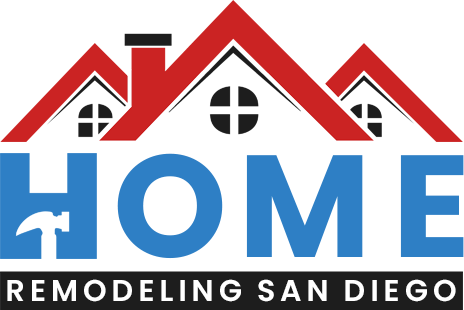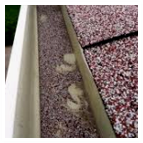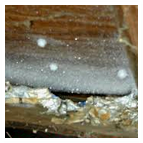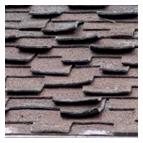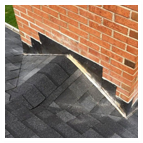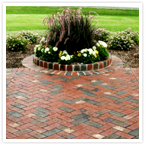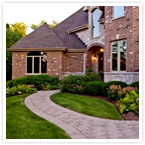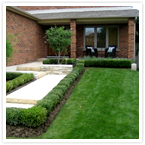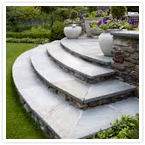7 Factors to Consider
About Home Remodeling to
Stay Cost-Efficient
Before taking on a large project, such as a home remodel, there are several factors to consider so you don’t waste your budget. You’ll need to be prepared for what a job like this entails. Establish goals for what you want to achieve with a remodel. You should also consider all aspects of your home, inside and out.
In the following list, we’ll cover all the factors you should consider to stay as cost-efficient as possible throughout remodeling your home.

7 Factors To Consider


First And Foremost
Prepare Yourself!
First and foremost, you need to prepare yourself for the journey ahead. Home remodeling can be a lengthy process depending on the condition of the house you’ve chosen. A significant amount of thought, time, effort, and money goes into a project like this.
Although, that doesn’t make it a bad decision. Whether this is your forever home or you plan on selling in a few years, remodeling a house is an investment in your future!
Is It Cheaper to Remodel or Start From Scratch?
One of the first factors to consider is if it’s cheaper to remodel an existing home or simply build a new house. In most cases, it typically costs less to remodel a home over starting new construction.
This can depend on the area your located and the existing house’s condition, though. If a house is a particularly poor state that still doesn’t mean you need to demolish and start over. Have the place inspected and learn what needs to be done to bring the house up to code.
If you realize this is going to go over your budget immensely, shop around for other projects before purchasing and demolishing the house for new construction. Save money, stick with the remodel.
Setting Goals and Making a Budget.
Before you run out and buy yourself a fixer-upper or start tearing down walls in your current home, set your goals for this project and come up with a budget. What do you want to accomplish with a remodel?
How much are you willing to spend on a remodel? The answers to both of these questions are related. Think about the house you plan to remodel.
Are you flipping it? Is this a forever home? If it’s not a forever home, do you expect to live there for at least 10 years?
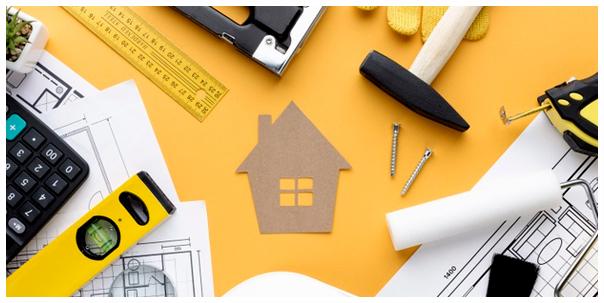
My Goal is to Flip the House
- If your goal is to flip this house and sell it once the remodel is finished, then this lowers your budget plan.
- Your budget should be centralized around mid-range products and materials.
- There’s no need to go over the top with every light fixture and sink faucet in a house you plan to sell as soon as it’s finished.
- Remodeling using only mid-range products still greatly increases your home’s value.
- You will still make a profit from the remodel, without breaking the bank.
My Goal is to Make This My Forever Home
- If your goal is to remodel your home or purchase a home to remodel as your forever home, your budget should increase.
- This is going to be your space for the foreseeable future, so it needs to be how you want it.
- If you settle for cheaper products or materials to simply bring the budget down, you’re going to end up quite disappointed with the finished remodel.
- Don’t let your remodel become a regret by not creating the space you desire.
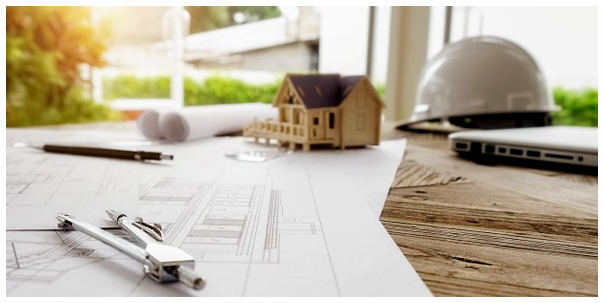
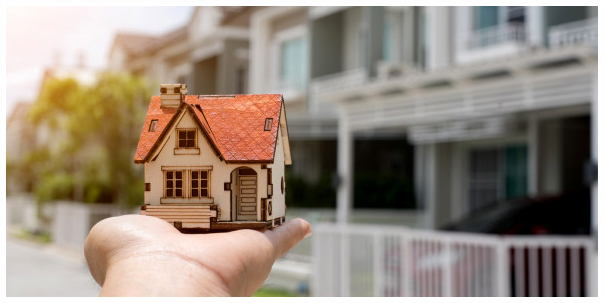
My Goal is to Live Here Less Than 10 Years, Then Sell
- If you do not plan on living there 10 years, but do plan on staying some time, then your budget should reflect the same as remodeling to sell.
- Just use mid-range products so as to not invest too much into a house you have no intention of keeping.
My Goal is to Live Here More Than 10 Years, But Not Forever
- If you plan on staying for more than 10 years, your budget should be similar to a forever home budget.
- 10 years is a long time to live somewhere, so why not make it your own?
- Settling for less than desirable products and living in a house that long can leave you resenting the remodel altogether.
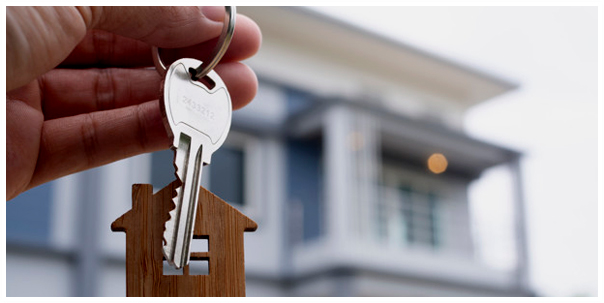
The most important aspect of your budget to remember is to not be overly strict with it. Things come up, life happens and there’s nothing anyone can do about it. Sometimes problems arise during the remodel that need to be dealt with, such as discovering a room’s floor joists are structurally unstable and need to be replaced. That’s going to drive up costs, although it needs to be done. Or maybe that tile you started the bathroom with is discontinued and you ran out, so you need to tear it up and start with a new tile.
With all that in mind, a remodeling budget needs to be flexible, not a number set in stone that you can’t adjust.
Time to Bring in
The Professionals!
You may fancy yourself a veteran do-it-yourselfer and there’s nothing wrong with that. However, when it comes to projects as large as remodeling an entire home, it’s best to hire a professional contractor to get the job done.
There are too many variables involved in taking on a home remodel to do it alone. If something goes wrong or something unexpected comes up, it’s on you. Don’t take chances when your home is involved.
Find the Best Contractor!
You’re going to need a reliable, trustworthy professional to remodel your home. The best place to start is local. Check the newspaper for ads, search online for “contractors near me,” and always check reviews. When shopping for a contractor.
Do They Offer a Warranty?
- Warranties are typically one year for most contractors on a remodel job. If anything is done wrong, you will find it within a year.
- A warranty is a must when hiring a professional. Various problems can arise following a remodel that no one is to blame over, such as a piece of tile not adhering properly because the humidity was high when it was placed.
- Offering a warranty shows that a contractor is willing to stand by their work.
Do They Have a Reputation?
- Warranties are typically one year for most contractors on a remodel job. If anything is done wrong, you will find it within a year.
- A warranty is a must when hiring a professional. Various problems can arise following a remodel that no one is to blame over, such as a piece of tile not adhering properly because the humidity was high when it was placed.
- Offering a warranty shows that a contractor is willing to stand by their work.
Find a Contractor Who Works With You, Not For You.
- Warranties are typically one year for most contractors on a remodel job. If anything is done wrong, you will find it within a year.
- A warranty is a must when hiring a professional. Various problems can arise following a remodel that no one is to blame over, such as a piece of tile not adhering properly because the humidity was high when it was placed.
- Offering a warranty shows that a contractor is willing to stand by their work.

Remodel Your Kitchen to
Revalue Your Home!
An exceptional method to increase the of your home is with a kitchen remodel! The kitchen is the epicenter of most homes, this is where all the action happens. Choosing to remodel your kitchen is the perfect place to start a remodeling project and add value to your home.
Choose the Kitchen Layout That’s Best for You!
There is a myriad of kitchen layouts to choose from. Pick the best layout for either your family’s needs or that best suit’s the size of the house.
Here are several examples of popular kitchen layouts:
- Cabinets and appliances are fixed on a single wall.
- Best for one-cook kitchens.
- Ideal for small and medium-sized kitchens.
- L-shaped layouts reduce traffic through the kitchen.
- Offers space to add a dining area.
- Horseshoe kitchens allow for traffic flow & workflow throughout the kitchen.
- Best for medium-sized kitchens.
- This practical, slim layout is best utilized in smaller spaces.
- Galleys make for one of the most economical layouts available.
- It can provide a place to eat by using stools, to prepare food by including a sink, and to store beverages by installing a cooler.
- They offer an additional work surface in a kitchen.
- Best used for large kitchens.
- A peninsula kitchen is explained as using a connected island to convert an L-shaped layout into a horseshoe or alter a horseshoe kitchen into a G-shaped design.
When deciding on a layout, don’t forget to consider your workflow. Picking the right layout for your kitchen is an important decision because each individual or family uses the kitchen in different ways.
Consider your workflow in reference to everyday function and social use. Think about how you use the kitchen, how many people will be cooking there together, if your kitchen doubles as an entertaining or social space, and what your goals are for this remodel.
Don’t Forget the Countertops!
Keep the countertops in mind during the remodel as well. Remember the goals you’ve set for the remodel. There are various types of countertops available for whatever budget or aesthetic goals you have in mind.

- Resistant to heat, scratching, and staining.
- Price ranges from $38 to $75 per square foot.
- Requires sealing every 1 to 2 years.
- Resistant to heat, scratches, and stains.
- Prices run between $65 and $135 per square foot.
- Requires annual sealing.
- Resistant to heat, scratches, and stains.
- Price varies between $42 to $80 per square foot.
- It does not require sealing.
- It can be damaged by excessive heat and scratches.
- The average price is anywhere from $12 to $15 per square foot.
- It does not require sealing.
- Highly resistant to heat and scratches and is stain-proof.
- Average pricing falls between $90 and $105 per square foot.
- It does not require sealing.

Don’t Skimp on the Cabinetry!
The possibilities and selections for updating your kitchen cabinets are limitless in 2020. Once you’ve determined your budget and goals, shop around to determine which method is right for you and your needs.
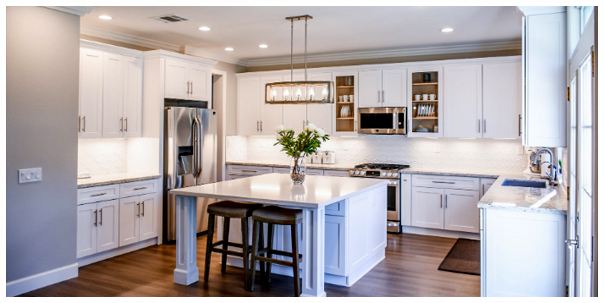
Refinish Your Cabinets.
Refinishing, painting or staining kitchen cabinets can be a quick and affordable way to add value to your home and give your kitchen a facelift. The process entails cleaning the doors, shelves, and hardware. Then sanding or stripping the old paint and flaws from the surface of the cabinets.
Lastly, new paint or stain is applied for a crisp, brand-new look. The price is typically less than $100, however, it can increase depending on the size of the project.
Resurface Your Cabinets.
In resurfacing kitchen cabinets, you simply add a layer of laminate or wood veneer over the surface of the previous cabinets to quickly give a new appearance. This type of update provides an array of customizable options for cabinets while still staying cost-efficient.
For the average kitchen, laminate generally ranges from $1,000 to $3,000, while wood veneer can cost anywhere from $2,500 to $6,000. This process is more expensive than refinishing cabinets, but it’s also a much faster approach.
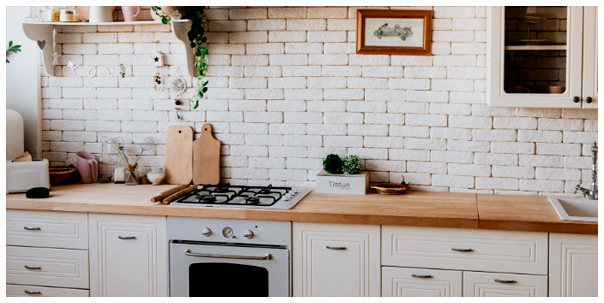
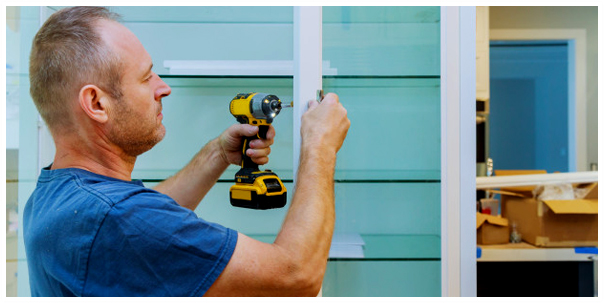
Replace Your Cabinets.
Replacing kitchen cabinets is the most common option for a full kitchen remodel. However, it’s also the most expensive option for a remodel. If your goal is to make this house your forever home, this is the best option to achieve the look you want.
Replacing kitchen cabinets can vary in price on average from $6,000 for a full set of basic cabinets to over $20,000 for high-end custom cabinets.
Select a Venting Solution That’s Perfect for Your Kitchen!
Every kitchen needs some form of ventilation to keep smoke down from cooking. There are many styles of hoods available to make your kitchen your own. There are also two types of ventilation to choose from, ducted ventilation and recirculating ventilation.
A ducted ventilation system leads outside of the house to empty in open air. A recirculating ventilation system cycles air through a filter and back into the kitchen itself. Both are valid options that can be considered based around your needs. Although a ducted ventilation system is the most common and recommended.
Once you’ve decided on what type of ventilation system you want to use, or to keep the existing type, it’s time to examine the styles available!
Styles of Vent Hoods
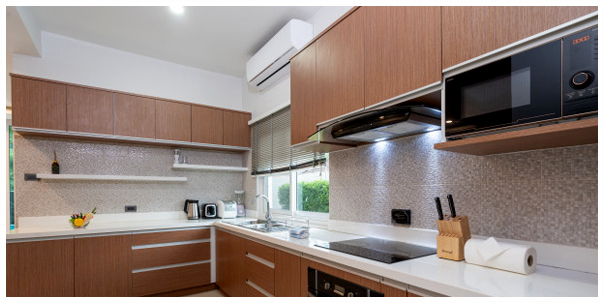
Under-Cabinet Range Hood
- An under-cabinet range hood mounts directly beneath an over-the-range cabinet and blends into the design flow of the cabinets above and around the range or cooktop.
Over-the-Range Microwave with Vent
- Save counter space by using an over-the-range microwave!
- These styles feature a built-in vent fan on the underside of the microwave to remove fumes or smoke from your kitchen.
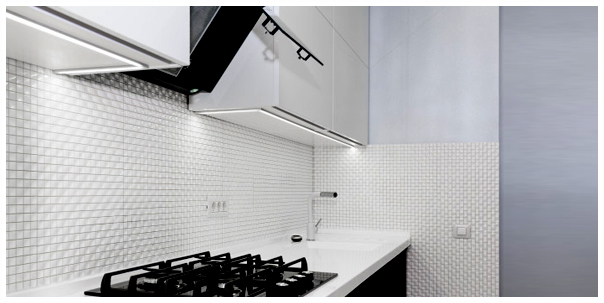
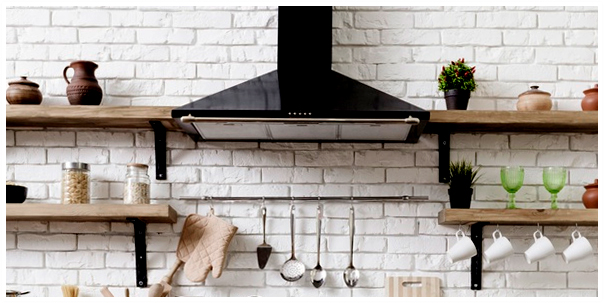
Wall-Mount Range Hood
- Wall-mounted range hoods are attached directly to the wall above the range and do not require a cabinet for mounting.
- These are normally installed higher above the range than typical cabinet-mount hoods.
Ceiling-Mount Range Hood
- Most commonly used over a kitchen island cooktop, vent systems with a ceiling mount provide completely vertical
ventilation with no need for wall or under-cabinet mounting. - Most models require an exterior duct, however.
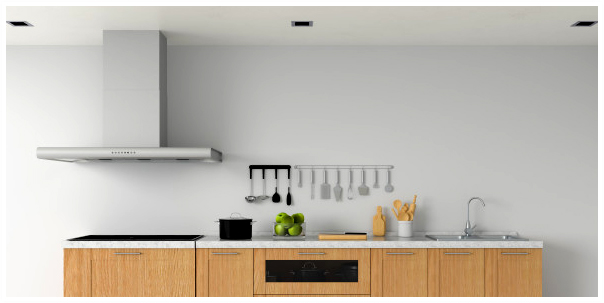
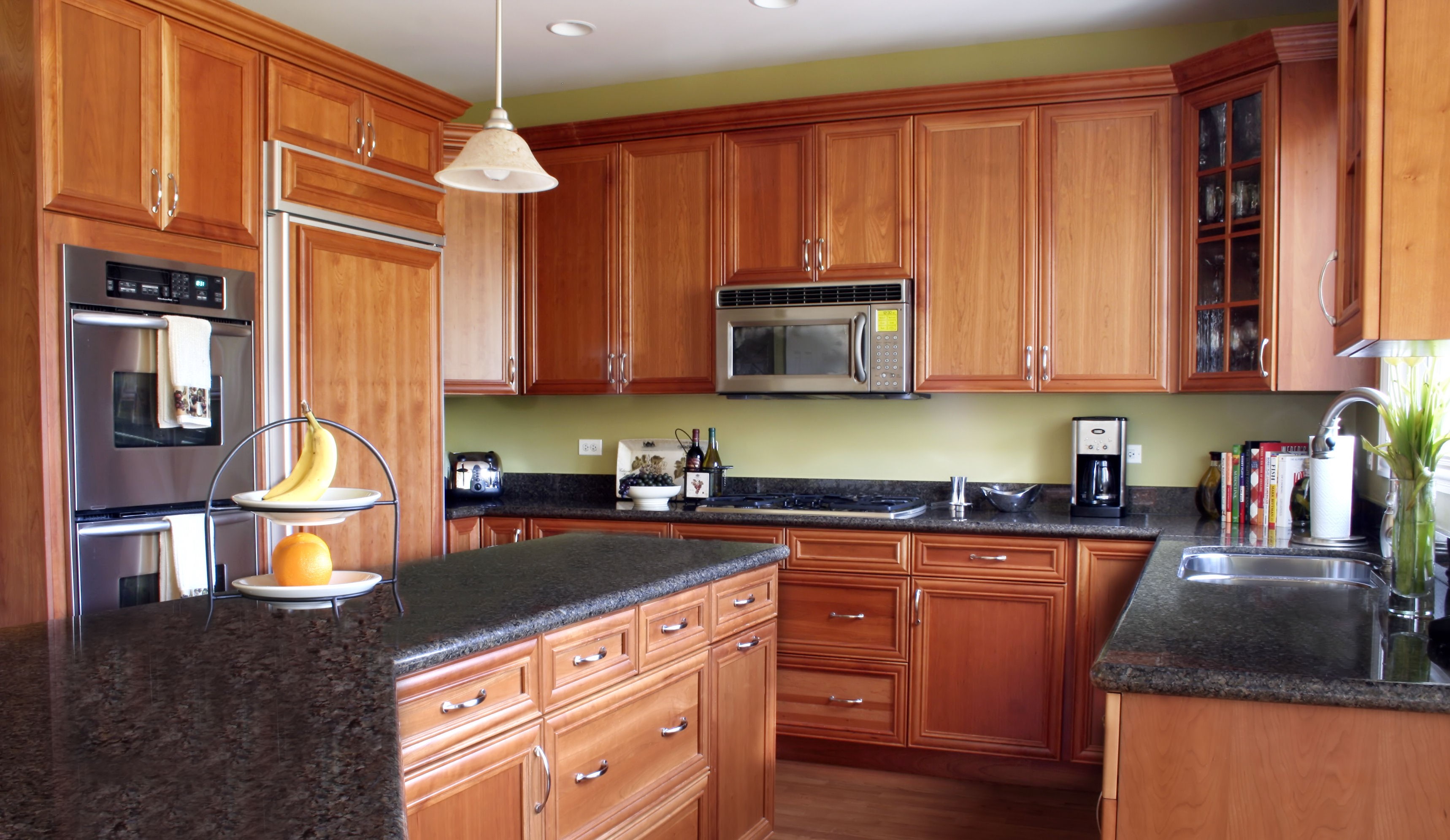
Downdraft Vent Hood
- For kitchens that are too small for other styles, a downdraft vent hood can be a perfect solution.
- These vents are installed beside the cooking surface and pull smoke and fumes downward instead of up and out.
- This style can only be used with a cooktop.
What Appliances Should You Have in Your Kitchen?
Every kitchen is going to need some appliances for basic needs and others to simply make life a little easier.
Below we’ve compiled a list of the 10 appliances you should have in your kitchen:
When to Know it’s Time for a
Bathroom Renovation
There is an abundance of reasons it may be time to renovate the bathroom, or bathrooms, in your house. When determining it’s time, consider your previously mentioned goals for the remodeling project.
Below we have listed some common signs or reasons to renovate your bathroom.


Need Extra Space?
Add A Room!
In short, a room addition is characterized by building a structure onto a house to be its own room or to extend an existing room. A room addition may sound self-explanatory, however, there are several types of room additions to consider for your remodel Each type of addition has its own set of benefits it brings to the table.
Some different types of room additions are:
Room Addition
A room addition is a single-room structure built onto the side of a house intended for a singular purpose, such as a bedroom or bathroom. This type of addition can also be characterized by simply extending the size of an existing room.
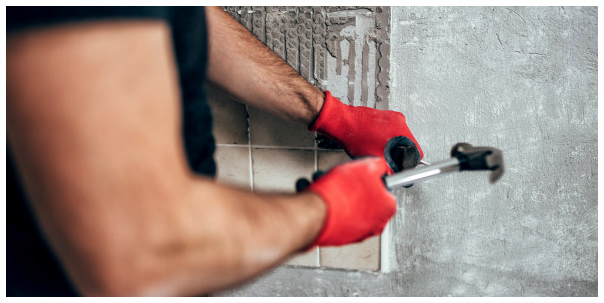
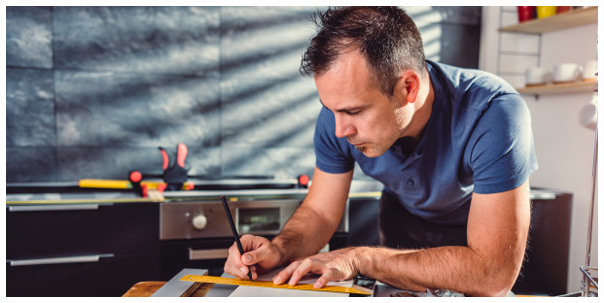
Conventional House Addition
A conventional house addition is a multi-room structure built onto the side of a house and is permanently accessible to the main house. If done properly, a conventional house addition can blend into the house itself. This type of addition can consist of many different rooms, such as a great room, dining room, family room, bathroom, or bedroom.
Garage Conversion
A garage conversion is defined by taking a one or two-car garage and converting it into a living space.
Typically, these are made into living rooms or bedrooms.
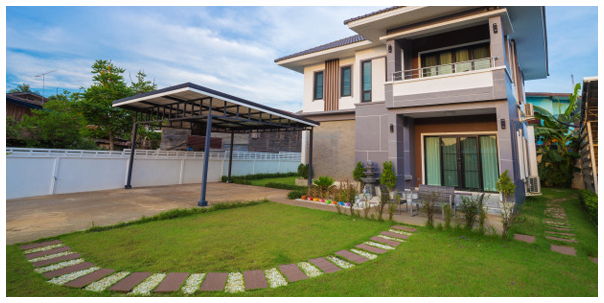

Sunroom
A sunroom is an addition to the side of the house that is ordinarily utilized as another living area. Sunrooms typically can be closed off from the main part of the house with doors.
They are generally known for the ample natural light provided by the large windows installed on every outside wall.
Will an Addition Add Value to My Home?
Building an addition will add value to your home. The returns on a home addition can vary, though. The national average for the price of building an addition range from $21,000 to $68,500. Depending on what you spent and what you plan to sell the house for will determine what kind of return you can expect.
Ordinarily, the percentage of returns on investments for an addition range between 50% to 65%. With that in mind, an addition can be an excellent choice to increase the value of your house.

Benefits of Home Additions
Aside from increasing your home’s value, adding more space has plenty of benefits for you personally if you plan on this being your forever home or living in it for an extended time.
Some of these benefits include:

For a Home Addition.
- Come up with a detailed plan you can share with your potential contractor.
- Check if they offer free estimates.
- Make sure you hire a licensed contractor.
- Ensure your contractor is insured.
- Inquire about their average timelines for a home addition.
Take Care of
Your Roofing!
When beginning a remodel project some homeowners overlook the roof. Your home’s roof is an essential part of the overall house. If a roof is damaged or overly worn, it can cause massive damage throughout your home from leaks to pests
Here are some signs that you may have a bad roof:

What Can You Do Yourself for Your Roof?
There are a few things that you, as the homeowner, can do safely for your roof. Use an extension ladder to access the roof and always have someone with you to assist or in case of an emergency.
Start by removing any loose branches or debris from your roof and look for any of the previously mentioned signs that can indicate your roof needs replaced. Also, check for moss or mold buildup on the roof, if you’re not replacing your roof this will need to be cleaned. Next, you’ll want to give the interior of your roof a thorough inspection. Check your attic or, if you have no attic, interior ceiling for signs of water damage like stains. If no signs are present, move on to cleaning off that moss or mold buildup you may have noticed during the exterior inspection.
When cleaning off the affected areas, gently spray a moss remover and roof cleaner on the spots of buildup. After waiting the specified time, use a soft-bristled broom or brush to scrub away the grime. Avoid stiff-bristled brushes and power washers that can damage shingles.
While you’re up there, you may as well clean out the gutters and downspouts too. Use gloves to remove the debris from the gutters and downspouts. Then check the soffit and fascia for rot and grime. You should also use cleaner with a soft-bristled brush similar to removing the moss earlier.
You should also keep a check on your chimney, skylights, and vents as well. Inspect your chimney for visible damage and have it repaired if necessary. Close off your fireplace beforehand and clean the inside of your chimney with a chimney brush. Lastly, clean out your vent outlets and skylights if necessary.
Installing a new roof holds numerous benefits for homeowners. This is unmistakably an investment worth undertaking. The benefits of this project can be applied no matter your goals for a remodel.
One of the first notable benefits is increasing the value of your home. A new roof, on average, has a 67% to 70% return on investment, making it one of the best remodeling projects to perform.
Replacing your roof can also make your home more energy-efficient and cost-effective. With a new roof, your HVAC system will not have to work as hard to heat or cool your home. In doing so, you’ll be able to save money on your electric and gas bills.
Another key benefit is promoting health and safety in your home. By installing a new roof you eliminate factors like mold and mildew buildup that can be detrimental to your family’s health. As well as making the home safer to live in by reducing the risk of an old roof collapsing.
The last notable benefit is all about aesthetics. By replacing your roof, you can achieve the look you want your house to have. All the while, increasing your home’s curb appeal as well. There is a plethora of styles and colors available for your roof.
It’s best to start searching for a contractor as soon as you discover any of the signs we mentioned that can indicate you’re in need of a replacement roof. By delaying the process you could potentially put yourself, your family, and potential buyers at risk.
If your roof is in good condition and you simply want to change the look or increase your home’s worth, you should consider hiring a professional sooner rather than later either way. The quicker you get the process underway the sooner you can have the house you’ve always wanted or put it on the market.


Give Your House a Facelift With a
Fresh Coat of Paint!
A fresh coat of paint is a fast, affordable way to change the entire appearance of your house. Easily one of the quickest upgrades you can make to a home, applying new paint can add value and youth to an older home.
When determining where you’ll be painting, make sure to distinguish what paint you need for the project at hand. There is a major difference between interior paints and exterior paints as different paints have different properties.
Interior Paint
Interior paint is made to be scrubbed, stain-resistant, and allow cleaning. Exterior paints are made to combat fading and mildew. One of the main reasons to not use exterior paints inside is due to the fact that they release harmful gases as they cure.
This slows over the years but does not subside completely. With interior paints, the area needs to be ventilated, however, they are safe for use indoors.


Choose the Right Tools for the Job
If you plan on making this home improvement yourself, you’ll need to have the proper tools and equipment. Painting your home can be a fairly easy do-it-yourself project, however, without the right tools your paint job could come out subpar.
Some tools you’ll need for an interior painting project will include, rollers, brushes, painter’s tape, drop cloths, putty knives, and sanding blocks.
Prep The Surface That Your Painting
First, you’ll need to prep the surface that your painting. You’ll need the drop cloths to protect your floors while prepping and painting. For preparing the wall for paint, you’ll need the putty knives and sanding blocks. Any imperfections on the wall, such as matted spots from the original paint, will need to be scraped and then lightly sanded down.
Once the wall is prepped, you’ll need the painter’s tape to protect any trim along the room. After that, you’re ready to paint. Use the roller to cover the largest areas of the wall with paint. Then you’ll need your brushes to cut in along the trim where the roller is less than ideal to do so.


Taking On An Exterior Painting Project
When taking on an exterior painting project, some tools you’ll need are a paint sprayer, pressure washer, brushes, and a ladder. Again, you’ll need to prep the surface that’s being painted, which is where the pressure washer and possibly the ladder. Use the pressure washer to remove as much debris, grime, and old paint as possible from the exterior of the house. You may need to set up a ladder depending on the size of your house.
Afterward, you’ll use the paint sprayer to quickly apply paint on the largest areas of the house. Then use the brush to cut in along windows and the roof to avoid unnecessary overspray.

Hiring a Professional Painter
Some older homes still have lead paint in the original layers,
consider hiring a professional that can check your home before starting work, if your home is was built prior to 1978.
The contract should include surface preparation, priming and what type of primer, and what paint you’d prefer. Also, try to include how many coats of paint will be covered. Painting crown molding, baseboards, or walls taller than the average 8 feet can possibly make the project more expensive. Check with your
contractor to see if they include such tasks.
If you have heavy furniture that you can’t or would have trouble moving, consider asking if your contractor will include this into the contract. Many professionals have no query including moving furniture out of the way for you. Make sure to ask if it will be an additional cost though.
Do Not Neglect
Your Yards!
Oftentimes people take on a home remodel and completely forget about the front and back yards. Your yards are just as much a part of your home as the kitchen and living rooms.
Remember to upgrade your yards as well as your house to maximize on resale value or truly make the place yours, if you plan on staying.
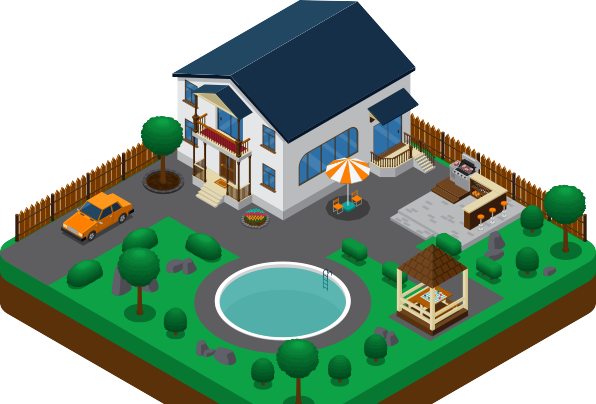
Principals of Landscaping
There are six principals to keep in mind when designing your landscape. They are balance, focalization,
simplicity, rhythm and line, proportion, and unity.
- Examples include, unique plantlife, vibrant colors, or sculptures.
- Use your imagination!
- An easy rule for unity is: If you pick a style of fixtures, colors, or seating, use that style consistently.
- Unique designs and keep it simple. Simple does not equal boring.
- Use balance to create a space that is delightful to look at.
- Asymmetrical appears more informal.
- Use balance to create a space that is delightful to look at.
Soft Landscaping Versus Hardscaping
There are two options when it comes to making upgrades outside of your house. Landscaping and hardscaping. To fully improve your yards, you should do both.
Soft landscaping involves all the plants in your landscape design. This is to include your grass, trees, and even the soil. Well-planned landscaping should create a perfect balance of living plants to go with your hardscape designs.
When you plan out your design, you should think about seasonal issues, such as frost or heat. Many landscape designs include plants to pair with the color of the seasons, or you may want to use others that can be enjoyed year-round.
Hardscaping involves all the non-living elements of landscape design, such as walkways, patios, retaining walls, and firepits. Elements of hardscaping are used dually for practical purposes, to create well-defined land areas proper for planting, or for gathering areas outside of the home.

Soft Landscaping Versus Hardscaping
There are all sorts of additions you can include when hardscaping. You may not know where to start when considering
what hardscaping options will suit your needs. Below, we’ve listed some popular additions to hardscapes
that will compliment your home.

Final Thoughts
With all the information we’ve covered, you should be all set to begin your remodel project. No matter your goals in remodeling your home, you should now have all the information you need to make a plan and get started. There is much to consider and we wish you the best of luck in your endeavors!
